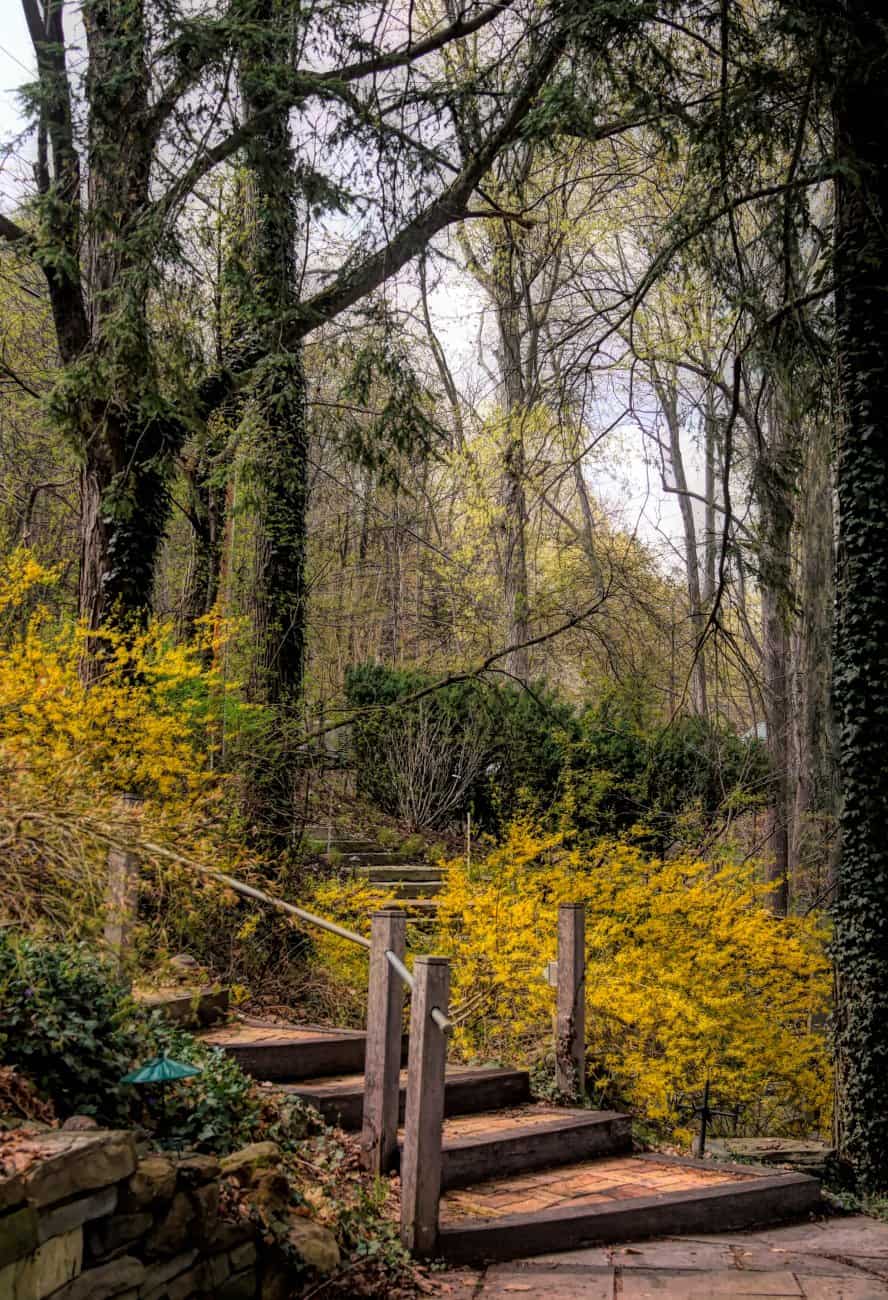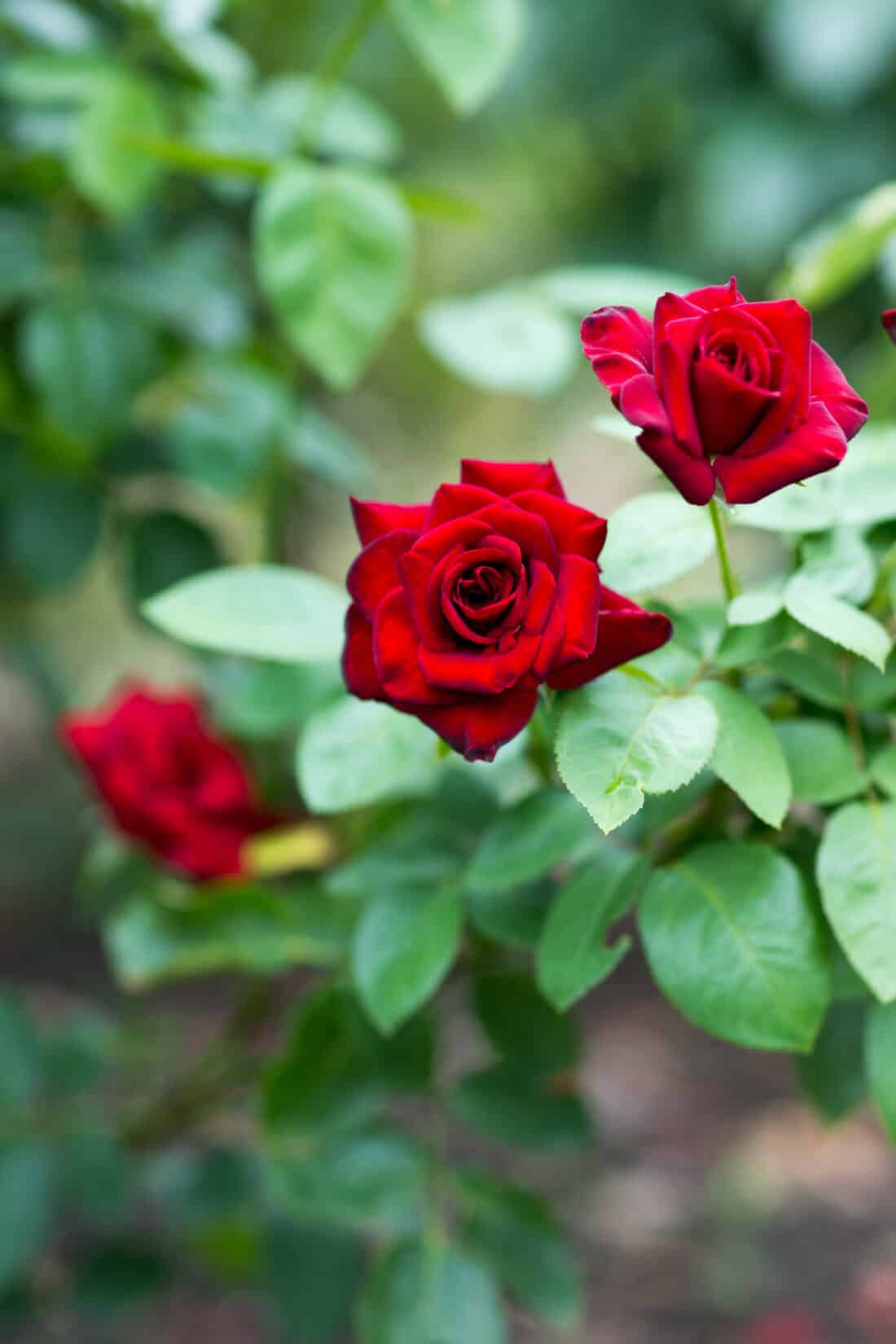What Is Phenology and Why Does It Matter for Gardeners?
Phenology works because plants and animals respond to environmental conditions like temperature and day length. These signals are often more reliable than calendar dates, especially with shifting climates.
“Paying attention to the first signs of spring in your area can be useful in determining when to plant. A whole branch of science, called phenology, now documents the seasonal cycle of buds and blooms, bird migration, and insect hatch.
Seasonal Gardening Tips Based on Folk Wisdom (Phenology)


Phenology, the study of nature’s seasonal cycles, offers a treasure trove of insight for gardeners. From blooming Forsythia to the size of Oak leaves, nature provides reliable signals for timing your planting and pruning tasks. This article explores folk wisdom and practical phenology tips to help you sync your garden with the rhythms of the natural world.
Here’s a table of common phenology cues for easy reference:
| Phenology Cue | Task/Timing | Season |
|---|---|---|
| Forsythia Blooms | Prune roses, fertilize lawns, uncover perennials (1/3 at a time over 3 weeks). | Early Spring |
| Dandelions Begin Blooming | Plant cool-season crops like lettuce, spinach, and peas. | Early Spring |
| Lilac Leaves Unfold | Sow hardy annuals like carrots, beets, and radishes. | Early Spring |
| Shadbush (Amelanchier) Blooms | Plant potatoes. (Shad fish also migrate upstream at this time.) | Early Spring |
| Oak Leaves the Size of Squirrel’s Ear | Plant corn and beans. | Mid-Spring |
| Apple Blossoms Fall | Plant warm-season crops like squash and cucumbers. | Mid-Spring |
| Lily-of-the-Valley (Convallaria) Blooms | Plant tomatoes and peppers. | Mid-Spring |
| Iris Start Blooming | Transplant eggplants and okra outdoors. | Mid-Spring |
| Maple Trees Fully Leaf Out | Safe to plant tender crops like basil and melons. | Late Spring |
| Black Locust Trees Bloom | Plant sweet potatoes. | Late Spring |
| Peonies Bloom | Direct sow pumpkins and winter squash. | Late Spring |
| Goldenrod Blooms | Divide and transplant perennials. | Fall |
| Dogwood Berries Ripen | Plant fall crops like garlic and cover crops. | Fall |
| First Frost | Harvest root crops and prepare for winter. | Fall |
| Frogs Begin Singing/Crickets Chirp | Last frost has likely passed—start planting frost-sensitive crops. | Spring |
| Sugar Maple Leaves Turn Red | Begin prepping gardens for winter. | Fall |
Here’s more folk wisdom (essentially applied phenology) based on generations of observations:
- When Forsythia blooms, it’s time to prune Roses, fertilize the lawn, and remove about 1/3 of the layer of winter protection you applied in fall around perennials (remove another 1/3 the following week and the rest the week after that).
- When Dandelions start blooming and Lilac leaves appear, it’s time to plant cool-season crops such as beets, lettuce, and carrots.
- When Shadbush (Amelanchier) blooms, plant your potatoes (and for those who fish, this is the time shad are running in the Connecticut River).
- Plant Corn when Oak leaves are the size of a squirrel’s ear.
- When Lily-of-the-Valley (Convallaria) is in full bloom, it’s time to plant Tomatoes.
- And when your Daffodils are blooming, it is time to plant Peas.
Fascinating right? I really want more. Do you have any folk wisdom or practical phenology to share?
Here are some resources for diving deeper into phenology:
Books
- Phenology and Seasonality Modeling by Hans Lieth
A comprehensive book on the science of phenology and its applications in environmental studies. - Nature’s Calendar: A Year in the Life of a Wildlife Sanctuary by Colin Rees
Explores how plants, animals, and seasonal cycles interact throughout the year. - The Naturalist’s Notebook: An Observation Guide and 5-Year Calendar-Journal for Tracking Changes in the Natural World Around You by Nathaniel T. Wheelwright and Bernd Heinrich
Perfect for starting your own phenology journal. - Garden Phenology: A Seasonal Gardener’s Guide to Understanding Nature’s Timing by Albert Bailey (for practical gardening applications).
Websites
- USA National Phenology Network (NPN) (https://www.usanpn.org/)
A goldmine of information for citizen scientists, educators, and hobbyists. They also have phenology observation guides and tools. - Project BudBurst (https://budburst.org/)
A citizen science initiative that encourages people to observe and report plant phenology changes. - National Wildlife Federation (Phenology Resources) (https://www.nwf.org/)
Offers tools and guides for phenology-related observations, especially for wildlife.
Apps
- Nature’s Notebook
A mobile app by the USA-NPN that allows you to record phenology observations and contribute to citizen science. - iNaturalist
Great for recording plant and animal observations, with an emphasis on seasonal cycles. - Pl@ntNet
A plant identification app that can help you link plant cycles to phenological cues.
Organizations & Programs
- The Phenology Network UK
For those outside the U.S., this offers similar data collection projects and resources. - The Woodland Trust (Nature’s Calendar)
A UK-based organization that tracks the seasonal changes in plants and animals.
Journaling Resources
- Start your own phenology journal! Use tools like:
- The Field Notes Journal
- Any simple notebook combined with observation guides like the NPN’s free resources.
Courses & Workshops
- Master Gardener Programs
Many programs include units on phenology as it relates to gardening. - Audubon Societies and Local Nature Centers
They often host phenology walks and workshops.
Community Forums and Groups
- Join local gardening or birdwatching groups that use phenology to track seasonal changes. You can often find these on Facebook, Reddit (r/gardening or r/nature), or local nature organizations.
notes: “garden phenology tips”
“planting according to nature’s signs”
“when to plant based on seasonal cues”
“folk wisdom for planting”
yep. there are books, maybe not AWESOME- more ho-hum style. T Jefferson was one of the first in this country to start phenology documentation. Europe has a longer history of it. It was a bit of a fad after the Civil War and kind of taped off around the Gay 90’s when city life and flappers was hip. Leopold Center has journals, and workshops, don’t know if they are online.
I’ll see what I can come up with (am a librarian) on my evening break.
Cheers!
thanks ‘p bargar’ I am looking forward to seeing what you come up with!!
You have done it again – informed me about an inspiration – this time its Pinterest. That is so cool that you can save images to your own board. Now another way to spend too much time on the internet.